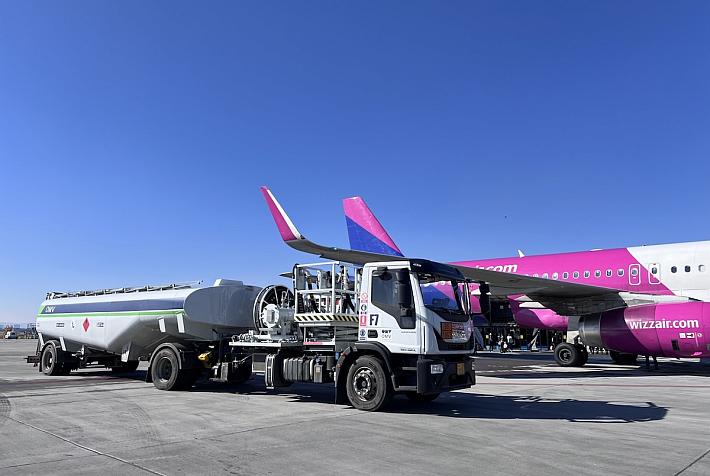Romania’s current account deficit narrows but FDIs turn negative

Romania’s current account (CA) gap narrowed to EUR 2.88 bln in January-May, down 15.6% compared to the same period last year.
The deficit-to-GDP ratio eased to 1.3% of the four-quarter rolling GDP at the end of March, from 1.6% calculated in May 2019.
The rolling 12-month CA gap dropped to EUR 9.65 bln (4.3% of GDP) from EUR 10.12 bln (4.9% of GDP) in May 2019.
The improvement in the CA balance occurred despite the widening trade deficit. It was driven by the higher transfers from the European Union’s budget during the coronavirus (COVID-19) pandemic and by the smaller direct incomes derived by the foreign investors.
The net imports of goods in January-May widened by EUR 921 mln (+14.2% year-on-year) to EUR 7.38 bln. On the upside, the net export of services improved by EUR 377 mln (+11.3% year-on-year) to EUR 3.72 bln, thus financing half of the net imports of goods.
While the CA deficit showed a positive evolution, the foreign direct investments (FDIs) decreased sharply amid adverse conditions. The FDI net balance turned negative, showing EUR 341 mln outflows in January-May compared to over EUR 2 bln net inflows in the same period last year.
The equity investments (retained earnings not included) plunged from over EUR 1 bln in the first five months last year to EUR 142 mln this year. The reinvested retained earnings moved from EUR 512 mln last year to negative EUR 216 mln this year (retained earnings disbursed to parent companies).
Similarly, the FDI companies in Romania returned their loans contracted in the past: EUR 269 mln in net terms in January-May this year, compared to EUR 462 mln borrowed from parent groups last year.
editor@romania-insider.com
(Photo source: Pexels.com)













